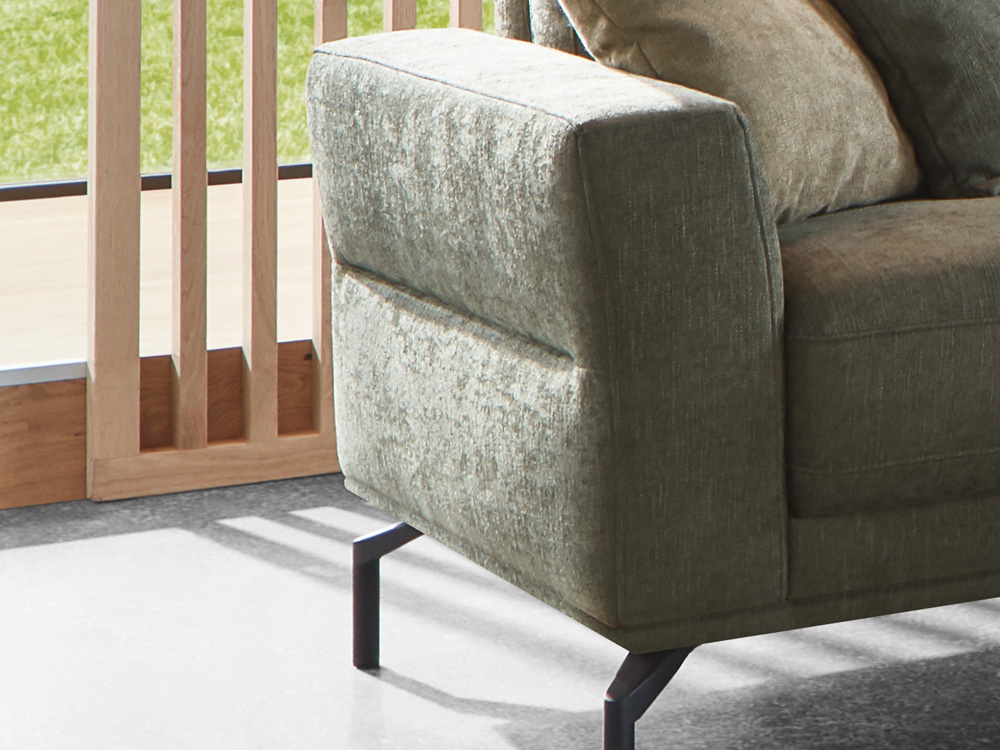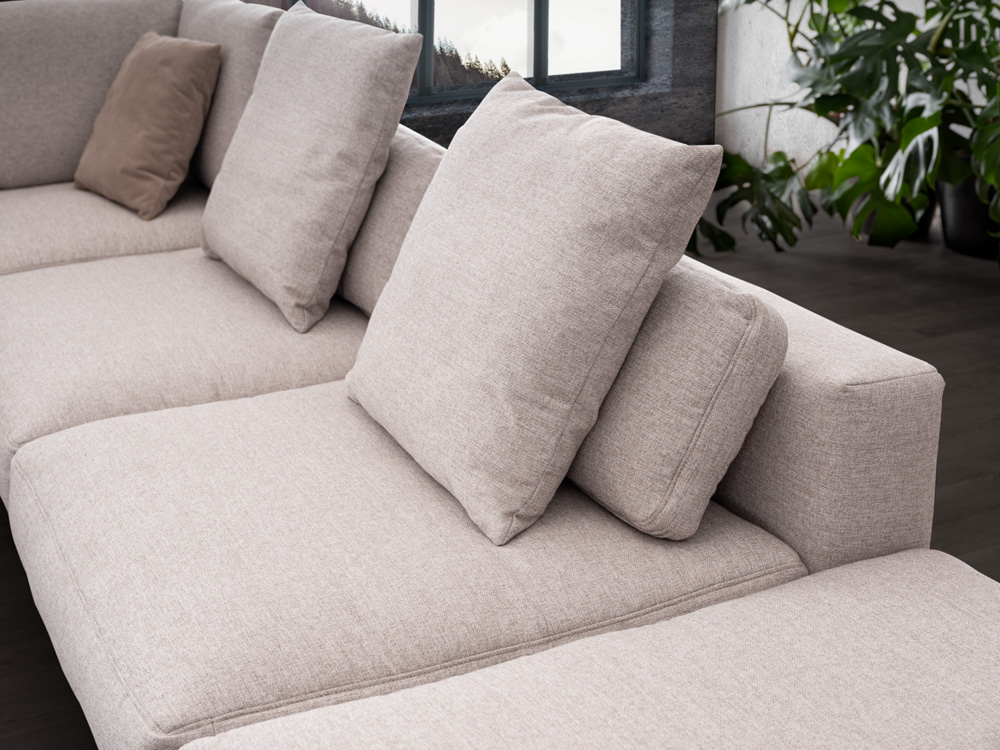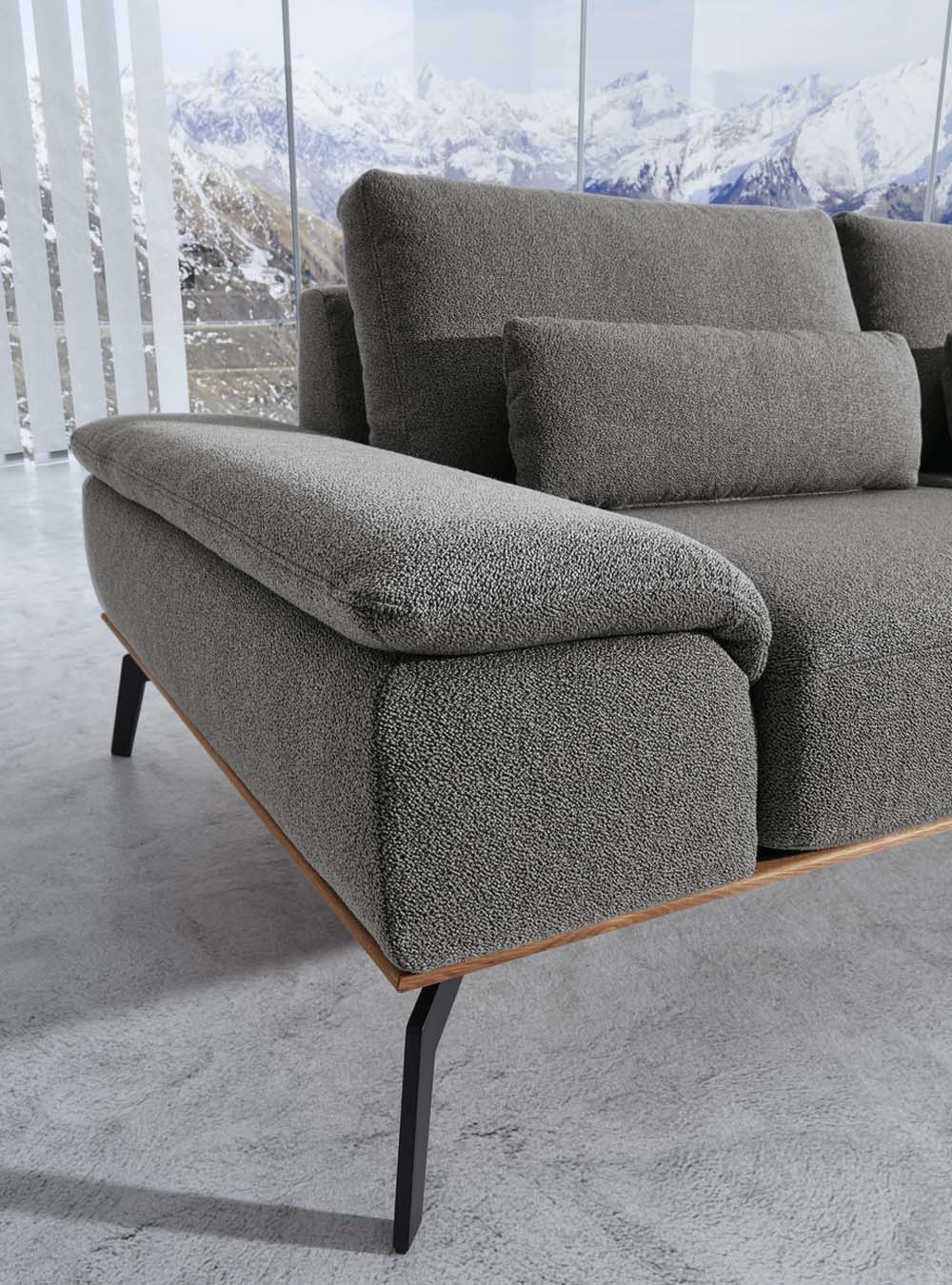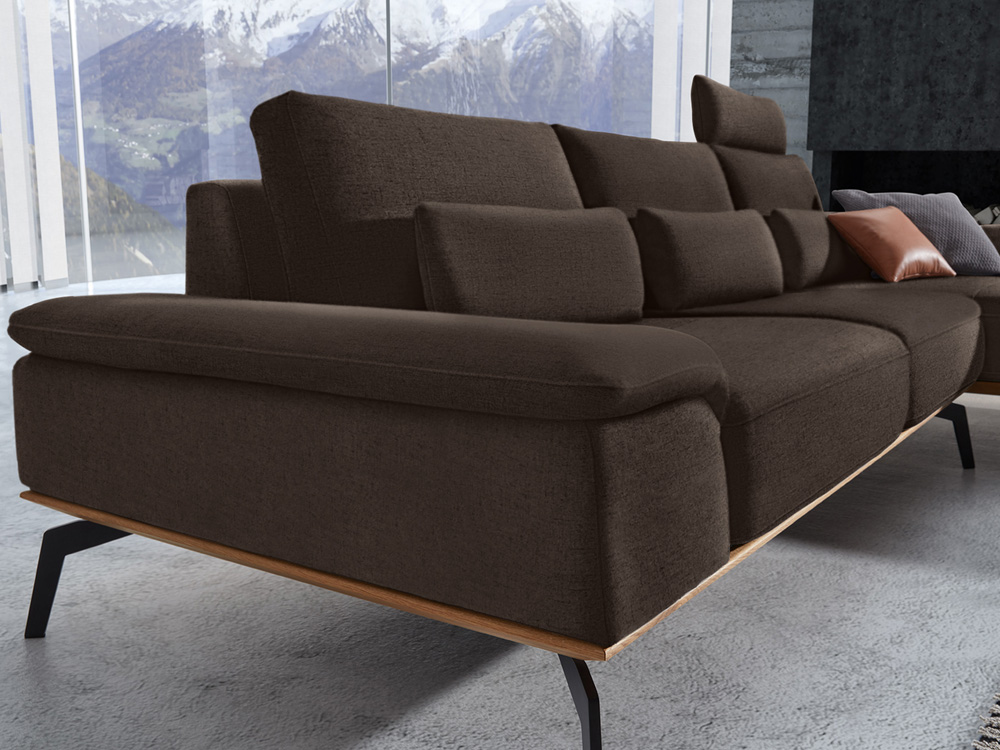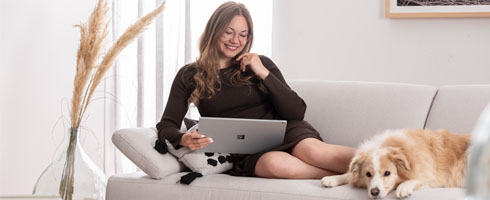Cleaning upholstered furniture: Our tips and tricks
Food, wine or coffee stains on the fabric sofa? With these tips, you can remove them easily.
Did you know that upholstered furniture is used for an average of 1,250 hours a year? During this time, the furniture upholstery has to withstand both high weight loads and abrasive movements.
Whether it’s crumbs between the cushions or wine spilt on the seat: with such intensive use, soiling on the fabric is virtually inevitable. Unpleasant and musty odours can also develop due to sweat, the smell of tobacco and simply the constant use of the furniture. Apart from lighter, easily removable soiling, such as dust and animal hair, you should inform yourself more thoroughly before attempting to remove heavy soiling from upholstered furniture to minimise potential damage.
Cleaning sofas and beds with fabric upholstery
To ensure the long-lasting enjoyment of your upholstered furniture, it should be cleaned regularly.
- A vacuum cleaner with an upholstery nozzle is the best tool to remove light soiling, such as house dust, animal hair and crumbs. To avoid damaging the fabric, it is very important to vacuum on a low setting, as underlying fibres can get onto the fabric surface if the suction power is too high.
- After vacuuming, we recommend brushing the upholstery fabric in the nap direction using a soft brush, such as a clothes brush.
- The gaps in your fabric furniture should not be neglected during care, as this is where a particularly large amount of dirt accumulates. Slim upholstery nozzles and brushes are best suited for this purpose.
- If your sofa has removable covers, you can wash these in the washing machine at regular intervals – following the washing instructions on the label, of course.
Removing heavy soiling from furniture
In general, soiling and stains should be removed as quickly as possible to prevent them from being absorbed into the upholstery fabric. It is best to have a specialist remove unusual stains, such as spilt drinks, food, ballpoint pens and blood. If you nevertheless want to clean the furniture yourself, here are some valuable tips:
- Coarse particles, such as food residue, should be removed with a spoon or the back of a knife. If the stain has already dried, never use your fingernails to scrape it off, as you may damage the fibres of the fabric. It is best to dampen the stain lightly with a cloth and then gently dab it away.
- When it comes to spillages: just dab, never rub. Excessive friction from rubbing may make the stain larger and may potentially cause pilling. In addition, stains should always be treated from the outside in.
- You should always first dab up excess spilt liquid with an absorbent cloth. Also, use as little water as possible, as otherwise wet upholstery may start to mould under the upholstery fabric.
- If the stain remains visible after you dab it off, the best way to remove it is with an upholstery cleaner or a solution of lukewarm water and mild detergent. Household cleaners are not recommended due to their acid content.
- Caution: Before using a cleaning agent, you should always test it on an inconspicuous or concealed area of the upholstery cover.
- To remove particularly stubborn stains, you can use a professional upholstery cleaner. These are available for rent at some DIY and furniture stores.
- Before it can be used again, the cleaned furniture should be completely dry. After drying, the pile can be brushed again with a soft brush (against the nap direction).
If you are unsure about how to clean your upholstered furniture, contact an expert first to prevent damage to the fabric. Read our furniture care tips to find out how to care for your upholstered furniture and protect it from being soiled in advance.
